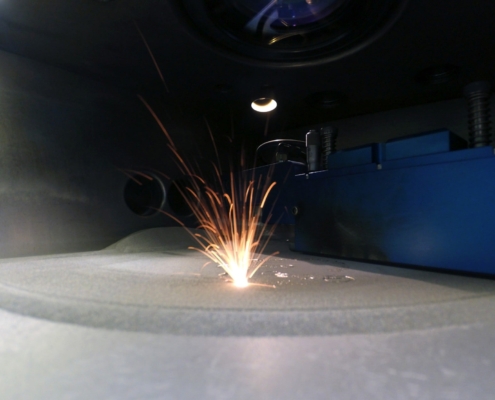At FISBA, we offer highly-tailored engineering and design support for optics used in high-power laser material processing equipment. Our engineers assist companies in a collaborative partnership model and extend our product development teams to help bring design concepts to fruition while determining the feasibility and a clear path to manufacturability. Our engineers have extensive experience working on major industrial laser machine tool systems, including multi-axis scanning optics, f-theta lenses, and focusing assemblies. Our optical expertise includes beam shaping components, beam expansion optics, multi-elements lenses, custom mirrors, and fiber optics. In addition, our engineering team has direct experience working with coating companies to design and develop customized thin-film optical coatings for spectral (wavelength) control and high laser damaged threshold (LDT) performance. This experience ensures optimization of beam quality (spot size and shape) and spectral purity for each specific application.
Our engineering team can partner with customers at any stage of their product development with a broad range of companies of all sizes, including emerging startups requiring targeted engineering support. As a result, we produce high-performance optics in low or high volumes at competitive prices. Our engineers work hard to make sure customers get what they need, when they need it, without sacrificing product performance or quality.




